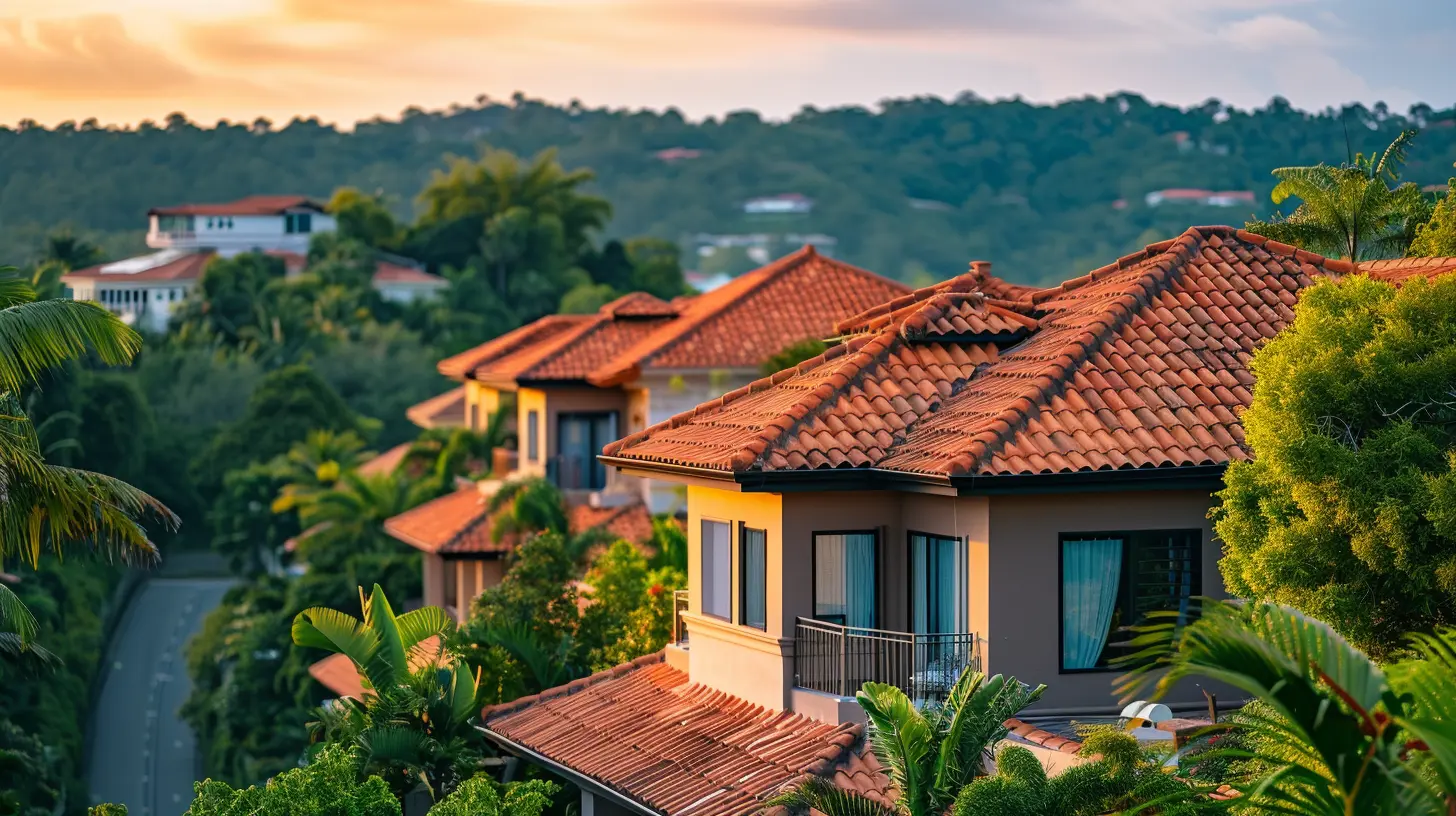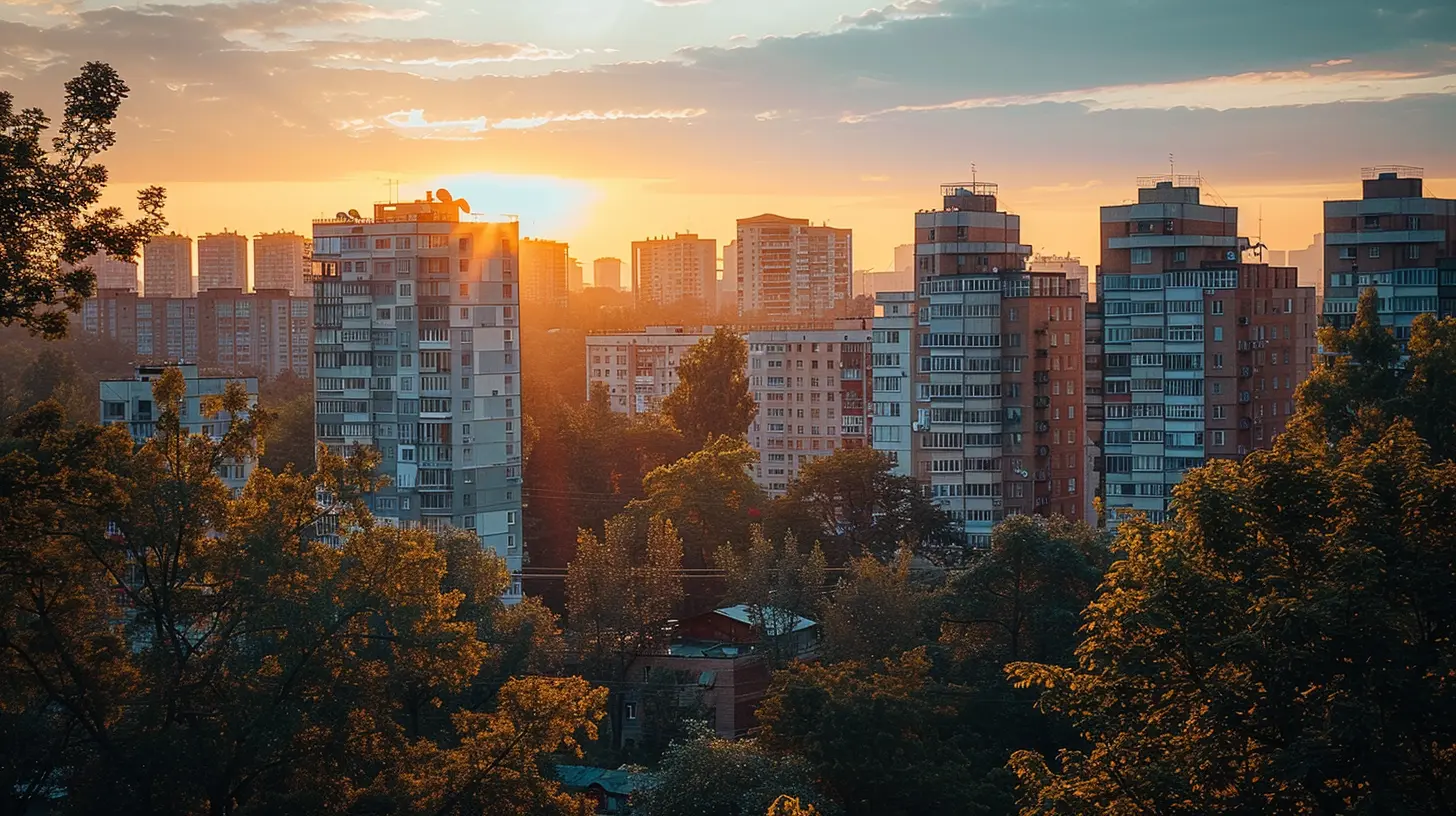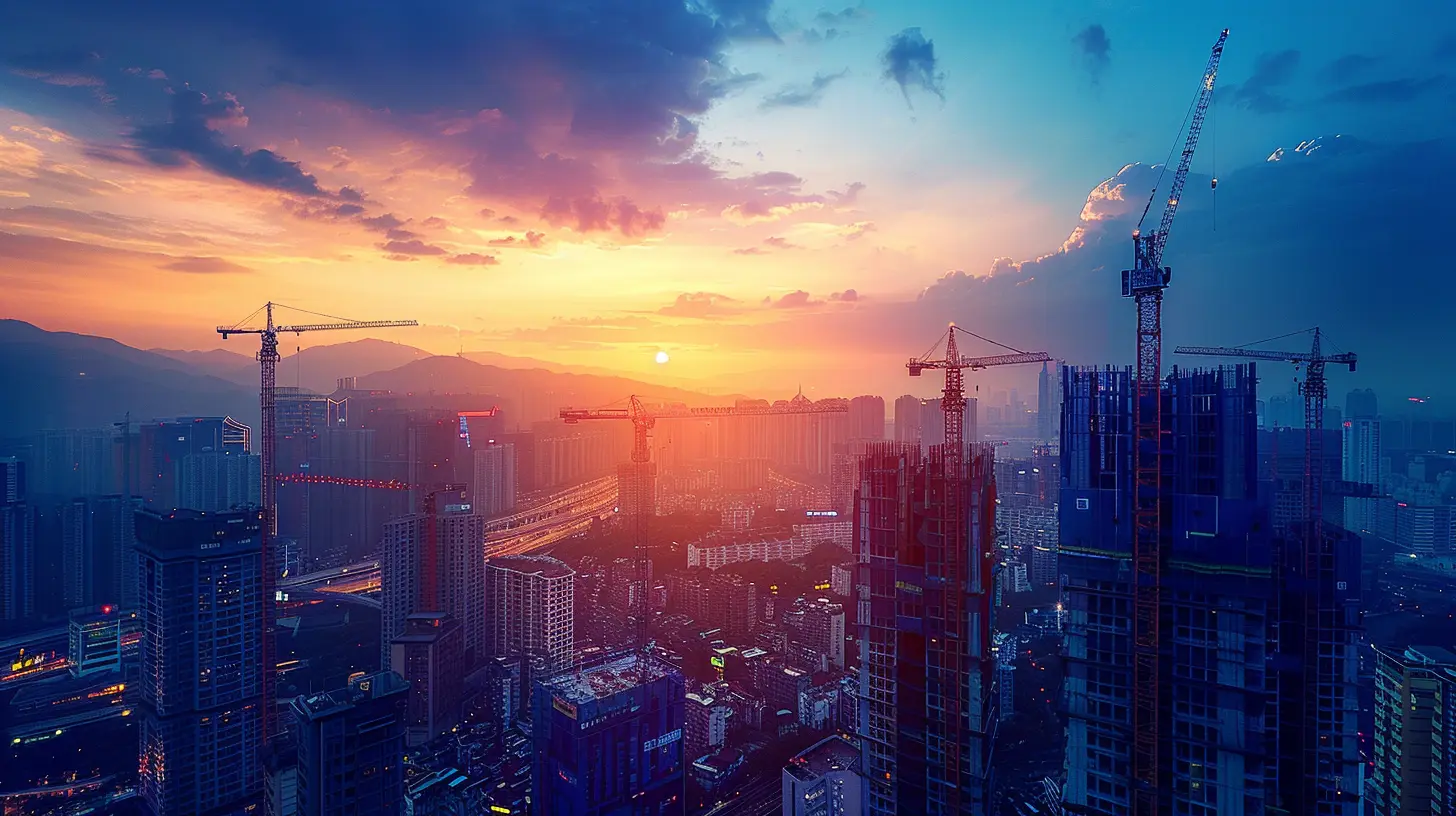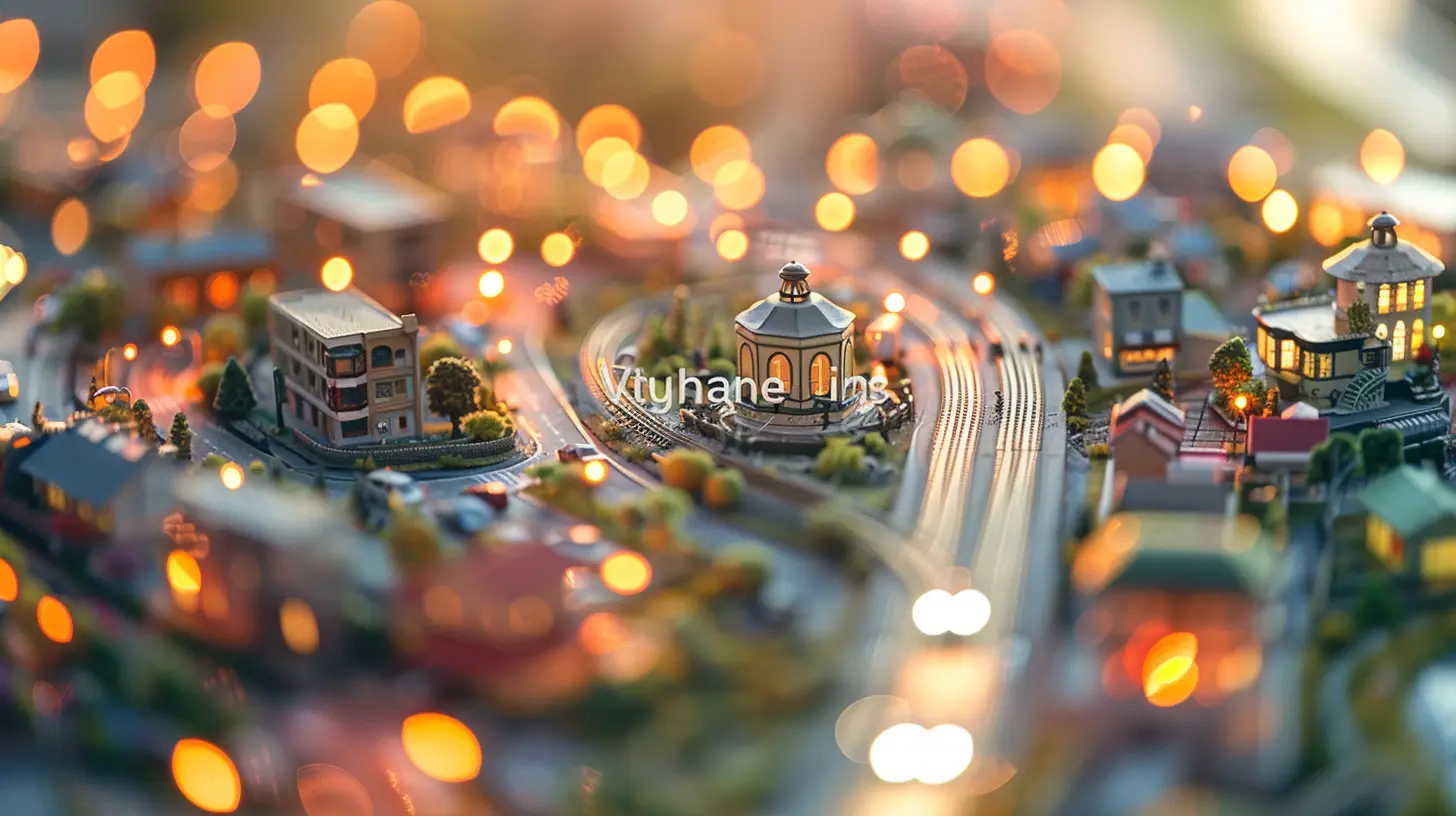29 March 2025
When was the last time you looked at a piece of property and thought, "Why is this neighborhood so expensive?" or "Why is this area so affordable?" If you’ve ever wondered why property values seem to skyrocket in some locations and stagnate in others, you’re definitely not alone. One of the leading factors shaping the real estate landscape globally is infrastructure development. But how does it work exactly? And why does a new highway, shopping mall, or public transit line have such a massive impact on property prices? Let’s break it down.
What Is Infrastructure Development?
First things first, let’s define what we’re talking about when we say "infrastructure development." It’s not just roads and bridges (although those are obviously a big part of it). Infrastructure refers to all the fundamental facilities and systems that make a community functional. Think of it like the skeleton of a city—the transit systems, schools, hospitals, water supply lines, electric grids, parks, and even internet connectivity.When governments or private entities invest in building or upgrading these facilities, that’s infrastructure development. It’s essentially the groundwork that supports human activity and, of course, real estate markets.
Why Does Infrastructure Affect Property Values?
Alright, now for the million-dollar question: Why do developments like a new metro line or a fancy park raise the price of your property? The answer is simple—convenience and desirability.Imagine you’re house hunting. Would you prefer a home with easy access to schools, shopping centers, and reliable public transport, or one that’s a 40-minute car ride away from just about everything? The more convenient life is in a particular area, the more people will want to live there. Increased demand? Higher property prices. Supply and demand—it’s Economics 101.
The Key Types of Infrastructure That Impact Property Values
Not all infrastructure projects are created equal. Some have a bigger impact on property values than others. Let’s take a look at the heavy-hitters in this space:1. Transportation Infrastructure
New highways, metro stations, and airports are game-changers for property values. Why? Because people love saving time. A home that’s a five-minute walk to a train station is worth more to most buyers than one that requires a three-bus commute.Transportation infrastructure reduces travel time and connects neighborhoods to central business districts, boosting accessibility. For example, homes near metro lines have consistently shown higher appreciation in value due to convenience alone.
2. Education Infrastructure
Good schools are like magnets for families. A home in a sought-after school district typically fetches a premium price. But the reverse is also true: if a new high-ranking school is built in your area, property values can spike overnight.Think of it like this: Education is a long-term investment, and parents are willing to pay extra for a home that ensures their kids get the best possible start in life.
3. Healthcare Facilities
Proximity to hospitals, clinics, and healthcare centers is another key factor. Nobody wants to live in a place where reaching medical care takes forever. Construction of new healthcare facilities increases the appeal of an area, and this ripple effect is quickly reflected in property prices.4. Shopping and Entertainment Hubs
Let’s be honest: we all want a Starbucks or a premium grocery store nearby. Retail outlets, shopping malls, and entertainment zones play a significant role in shaping the lifestyle of residents, making neighborhoods more desirable. Property values typically rise when reputable retail giants or entertainment spots move in.5. Green Spaces and Parks
Parks and recreational areas are more than just pretty additions—think of them as stress relievers. People want to live near green spaces because they offer room for leisure, fitness, and family outings. Studies have shown that properties near parks or waterfronts enjoy higher market values.
Positive vs. Negative Impacts of Infrastructure Development
Before you start celebrating every announced project in your area, it’s important to note that not all infrastructure development has the same effect. While most projects increase property values, some can have the opposite impact. Let’s talk pros and cons.The Positives
1. Increased Accessibility: Projects like highways or metro lines cut travel times, boosting the desirability of previously hard-to-reach locations.2. Job Creation: New infrastructure often brings jobs, which attracts more residents and increases property demand in the area.
3. Enhanced Quality of Life: Better amenities like parks, schools, and hospitals make neighborhoods more livable.
The Negatives
1. Noise and Pollution: A new highway might make commuting easier, but the added noise and air pollution could deter potential homebuyers.2. Overcrowding: Some projects can lead to overdevelopment, saturating the market and driving prices down if supply outweighs demand.
3. Displacement: Sudden hikes in property values can push out lower-income residents, impacting the diversity and character of the area.
Case Studies: Real-Life Examples of Infrastructure Driving Property Values
1. Hong Kong’s MTR Network
The expansion of Hong Kong’s Mass Transit Railway (MTR) has led to significant property value increases in areas connected to the network. Stations act as value hubs, attracting investors and homeowners alike.2. Hyderabad’s Outer Ring Road (ORR)
In India, Hyderabad’s Outer Ring Road project transformed rural and underdeveloped areas into bustling residential and commercial zones. Property prices along the ORR corridor surged as accessibility improved.3. Hudson Yards, NYC
The Hudson Yards redevelopment in New York City, which includes public spaces, residential units, and retail outlets, has turned a previously unattractive industrial area into a luxury real estate hotspot.Tips for Homebuyers and Investors
If you’re buying or investing in property, understanding how infrastructure affects values can give you a serious edge.1. Pay Attention to Upcoming Projects: Track government announcements or private sector plans for new roads, schools, or public transport in your desired areas.
2. Think Long-Term: Infrastructure development takes time, but the payoff is worth the wait. Be patient and hold onto property in areas with upcoming projects.
3. Consider the Downsides: Weigh the pros and cons of being close to infrastructure—noise pollution or overcrowding can sometimes outweigh the benefits.
Final Thoughts
Infrastructure development isn’t just about expanding cities; it’s about upgrading the way we live. Whether it’s a new subway line, a sprawling park, or improved water facilities, infrastructure has a direct impact on property values and quality of life. As a homebuyer or investor, keeping an eye on such developments can help you make smarter decisions.At the end of the day, it’s not just about bricks and mortar—it’s about location, access, and convenience. And infrastructure is the magic ingredient that ties it all together.





Liam Lane
Infrastructure isn't just roads and bridges; it's the backbone of property value. Invest in understanding local developments—what rises is your home's worth, but so can your taxes!
April 1, 2025 at 3:43 AM